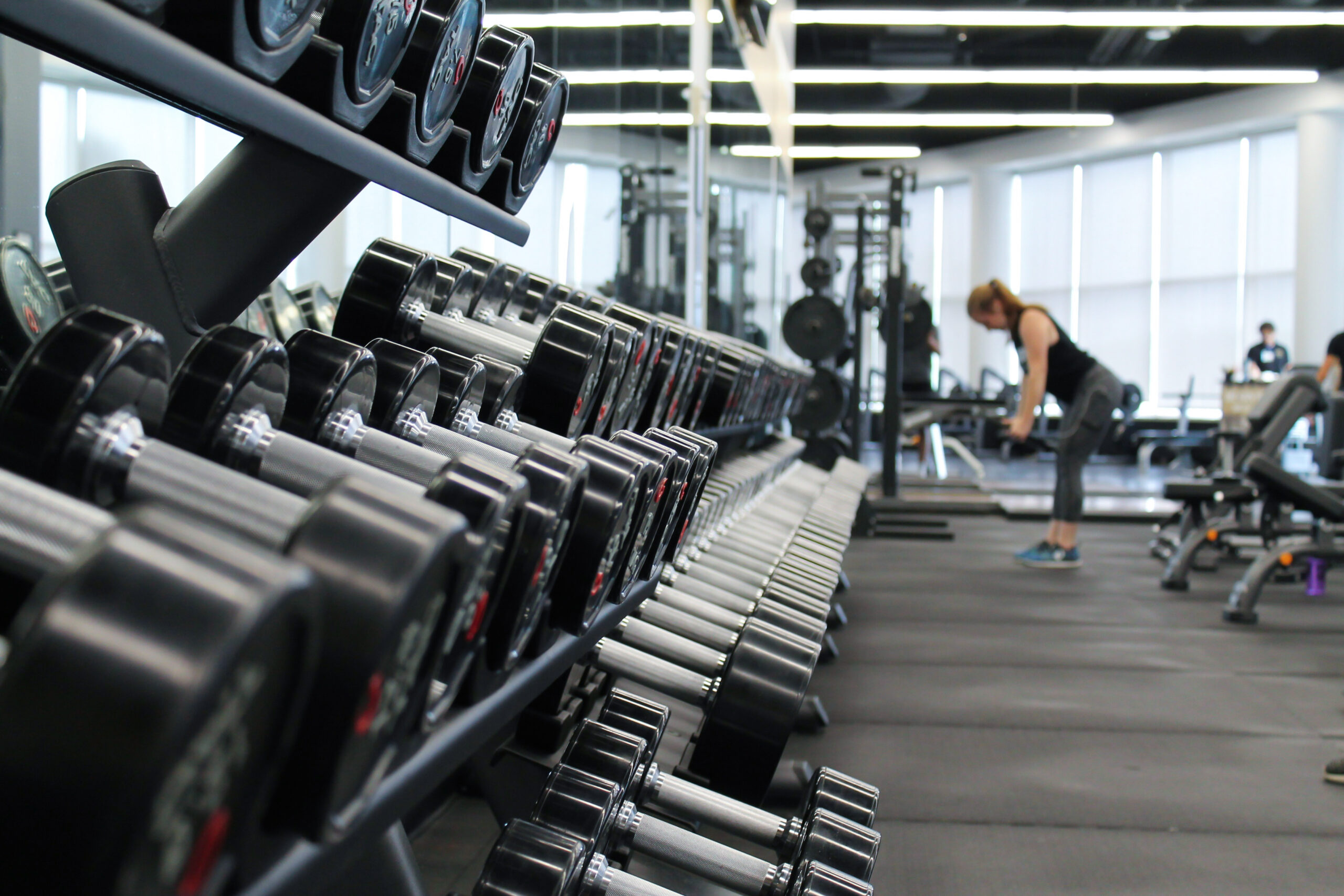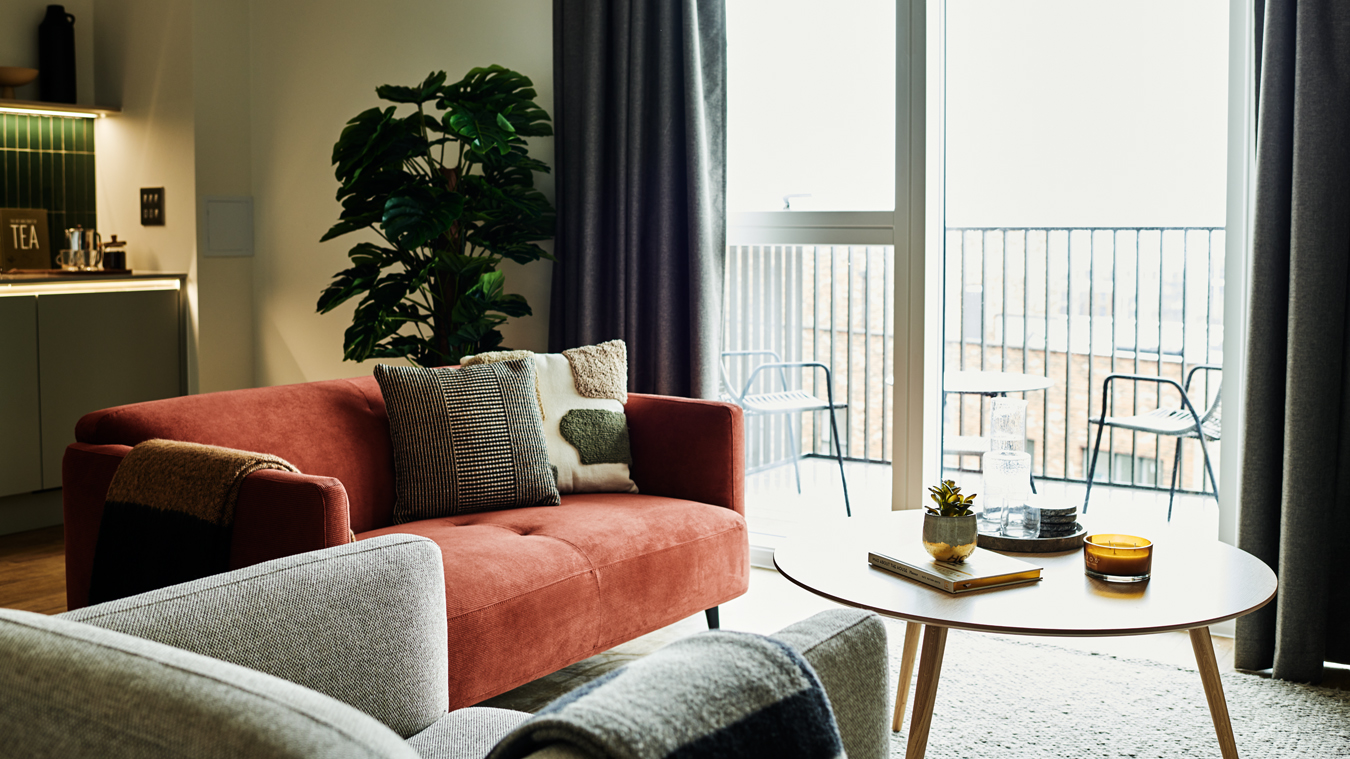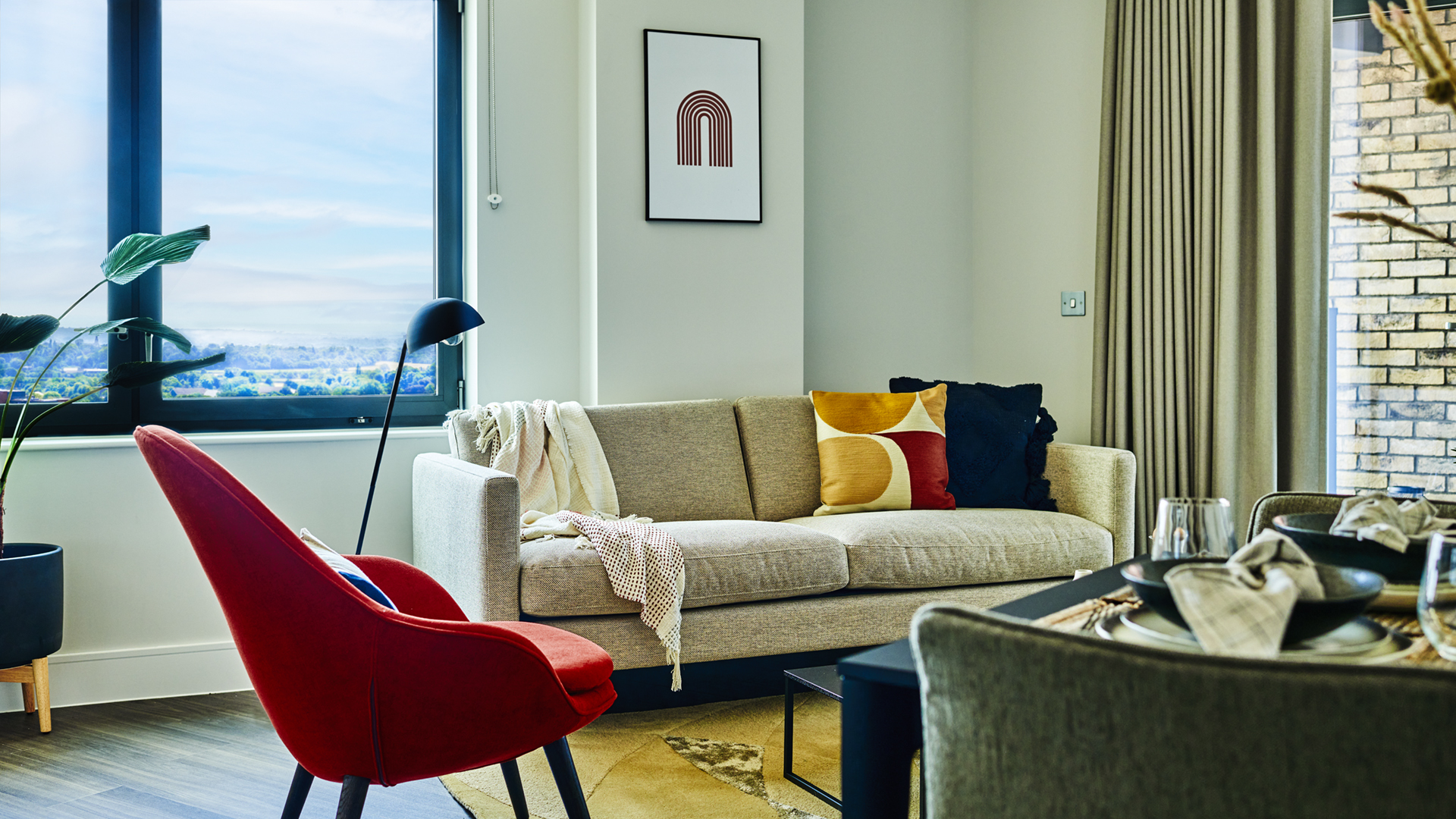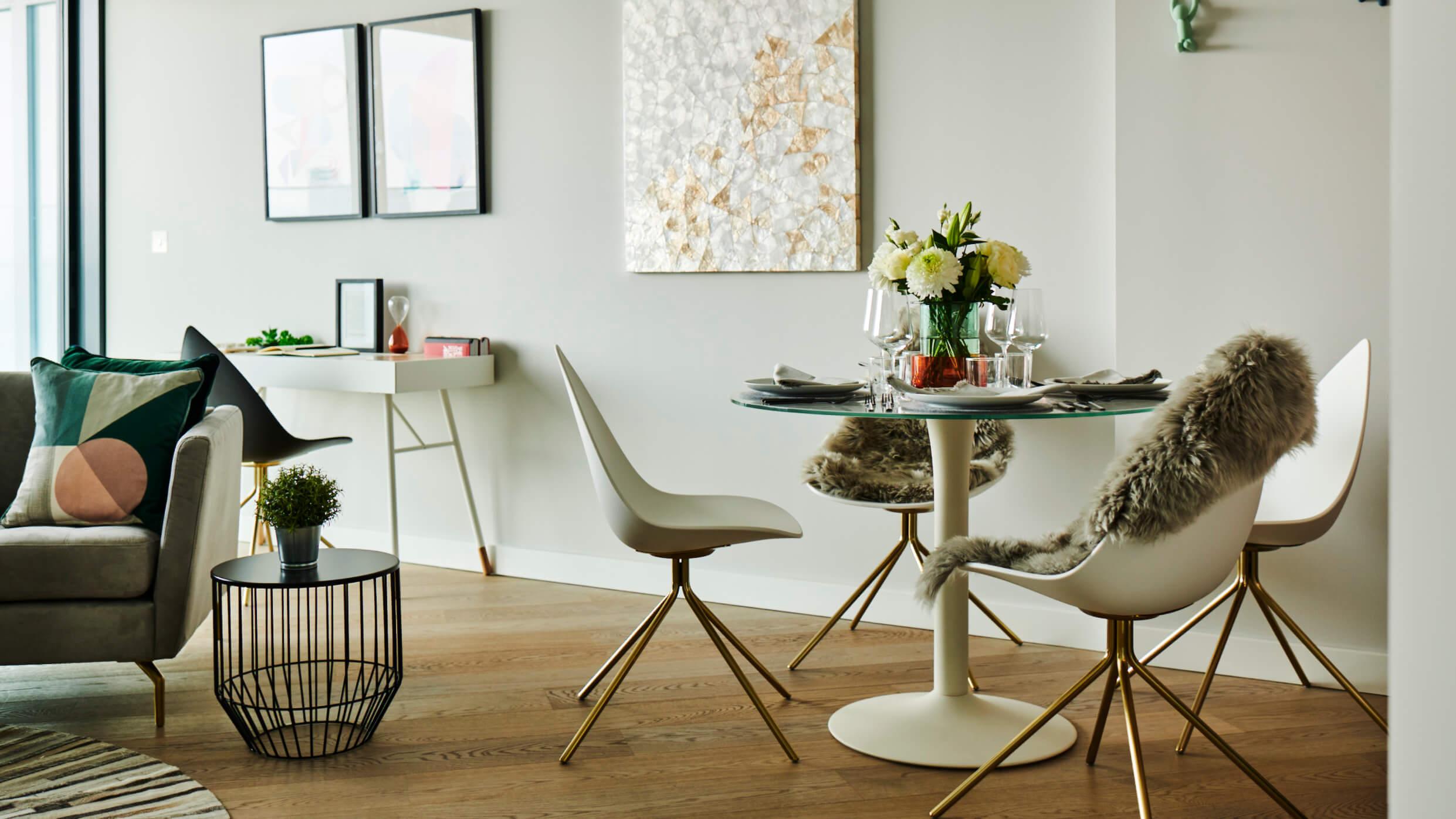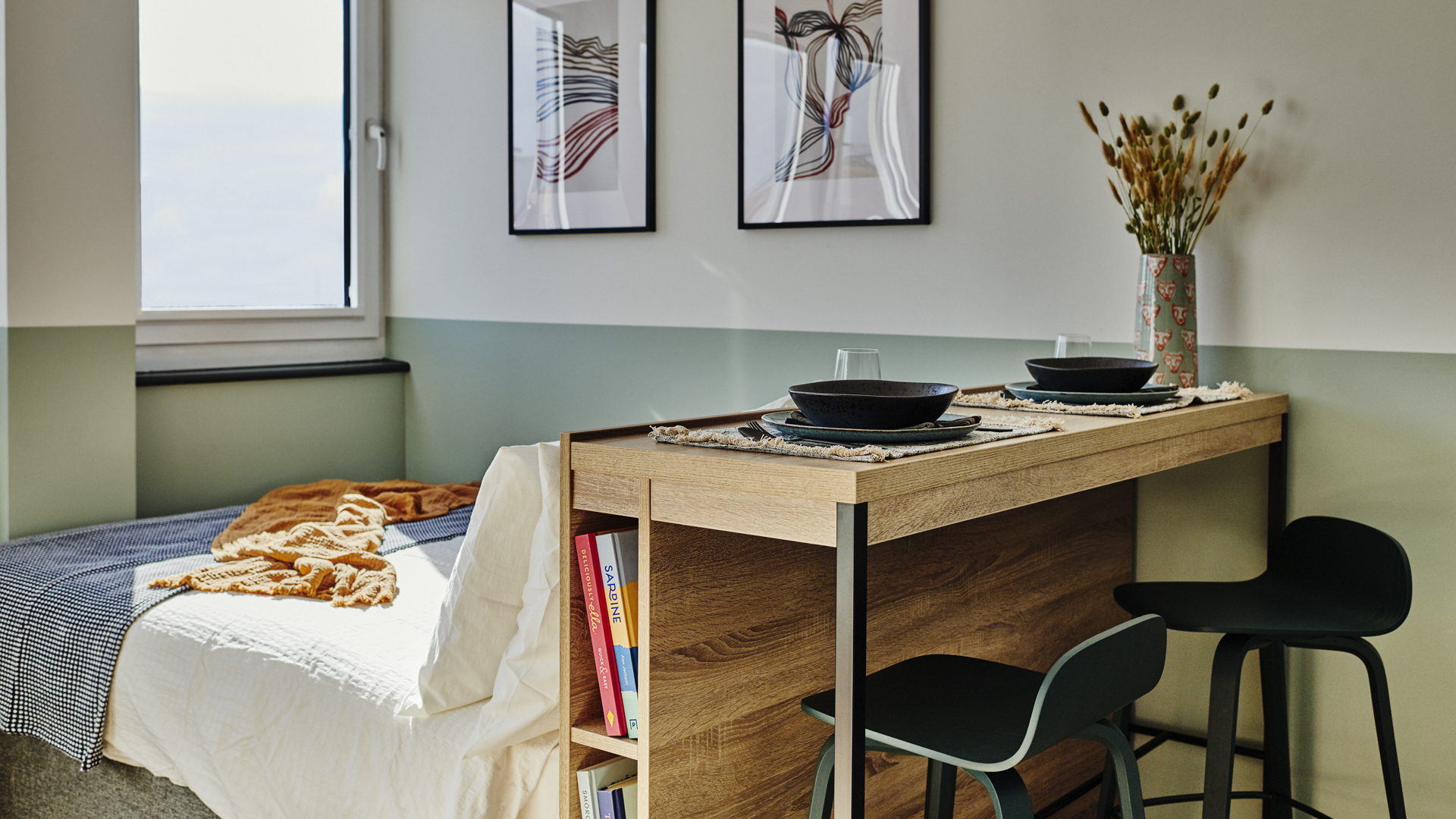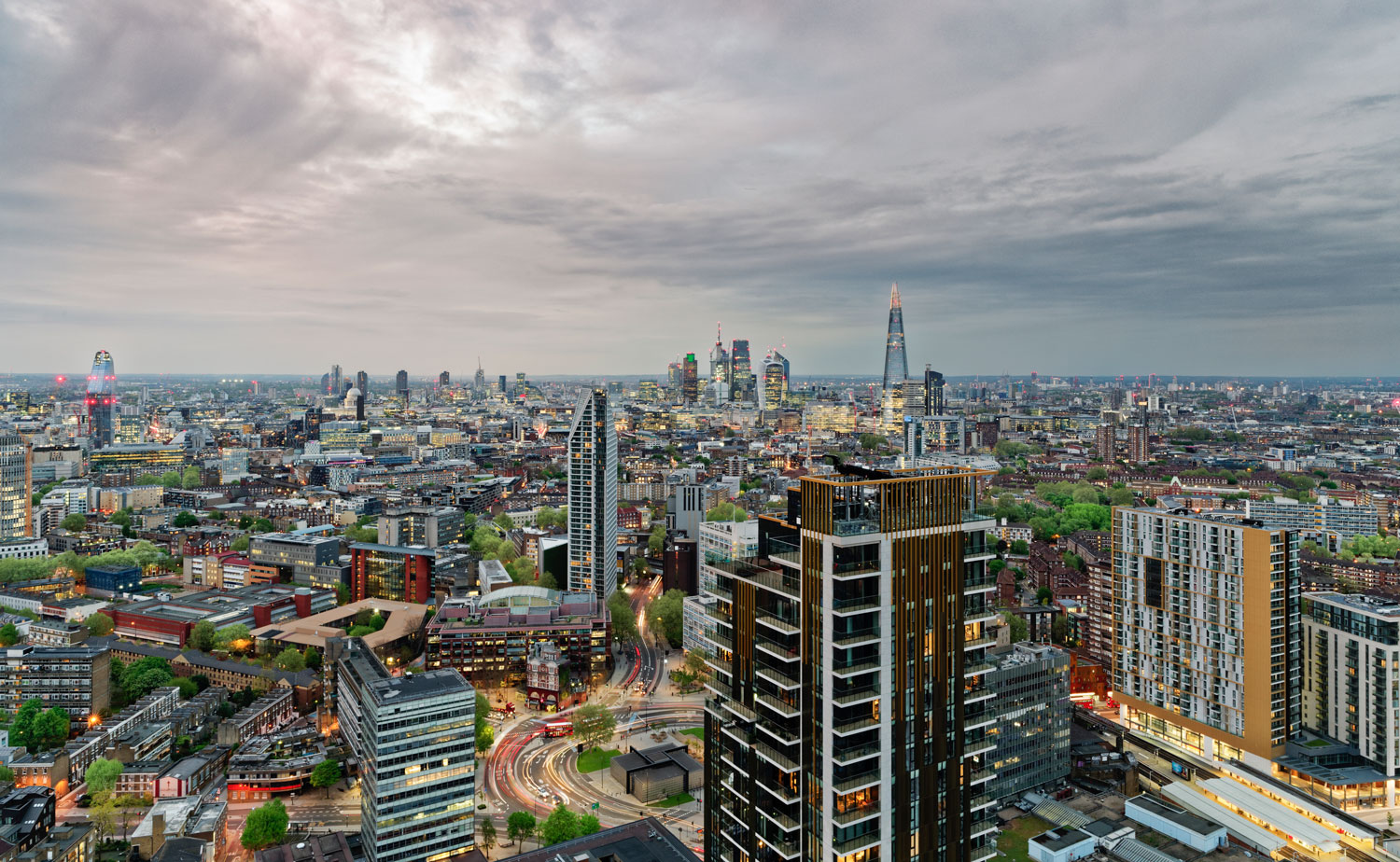
The History Of Elephant & Castle
Ancient history of Elephant & Castle
The road junction that we now refer to as Elephant and Castle has been present in some form or another since Roman times, although the name came later. Two Roman roads - Watling Street and Stane Street - followed very similar paths to the modern-day Old Kent Road and Newington Causeway, respectively. So, that means the junction has been there for over 1500 years.
However, it earned its name much later, in the mid-18th century. It is attributed to a coaching inn called the Elephant and Castle that opened in 1765. This provided either one last stop on the way into or out of London. Two villages flanked the junction, called Newington and Walworth. These names are still represented to this day by two districts in the area, as well as roads into the main junction.
Another long-time feature of the area is the Metropolitan Tabernacle, a large and impressive church. It has been there since 1650 and has been rebuilt numerous times. Its original iteration burnt down in 1898, and then the rebuilt building was destroyed again by the London bombings during World War II, in 1941.
Both times, the damage was extensive, however, the original portico and the basement survived the destruction and remain to this day. This near-400 year old portico makes the Tabernacle one of the most iconic locations in Elephant and Castle, still standing strong.
"There was a diverse community, as there still is now, and houses ranged from big Georgian townhouses to much more modest communal buildings for poorer residents."
Elephant and Castle in the Victorian era
As the 18th century came to an end, transport links into the city had dramatically improved, starting to somewhat resemble the infrastructure we recognise now, with roads and bridges into and around London.
The now named area turned into a commuter suburb, and the villages grew into one larger area. When the Victorian era began, the population was growing. There was a diverse community, as there still is now, and houses ranged from big Georgian townhouses to much more modest communal buildings for poorer residents.
Elephant & Castle in the modern era
The history of Elephant and Castle can be traced back a long way, but in more recent years it has built up its cultural footprint, including some nationally recognised attractions, each with their own rich histories and stories.
The Elephant & Castle pub
The coaching inn from the 18th century had a good run, but unfortunately it was knocked down in the 1950s – however, its successor allows for the name to live on. The Elephant and Castle pub is perfectly placed, right off the junction itself. It may not be the original inn, but it’s a worthy replacement for the modern era.
Imperial War Museum London
The Imperial War Museum London was founded in 1917, while the First World War was still ongoing, and is one of the many amazing museums in London. It is the best conflict museum in the UK and it portrays wars from WW1 to the present. While the stories of conflict are told here, IWM London itself is a part of the history of the area, and has been housed inside a former hospital in Elephant and Castle since 1936.
Southwark Playhouse
Elephant and Castle is in the London Borough of Southwark, which lends its name to a Theatre Company that was founded in 1993. Since then, the Southwark Playhouse has established itself as a central part of the community. What started out as a disused workshop space is now one of the best off-West End theatres in all of London, with high-quality productions and exciting up and coming talent on display.
Their youth and community programme allows for Southwark Playhouse to not only have a storied history, but also cement itself into the future of this area and the lives of those who grow up and live there.
"If the rich history of Elephant and Castle has made the constantly evolving area sound appealing, you might want to consider living there!"
Ministry of Sound
The Ministry of Sound is a superclub, just a stone’s throw from the junction itself, and an iconic music venue. When it opened in 1991, it repurposed an abandoned bus garage, turning it into a hotspot for the London music scene.
The original room, named ‘the Box’, was designed to achieve the best possible sound quality. The Ministry of Sound was ahead of its time, pioneering the British house music scene, as the first nightclub dedicated to house music in the UK.
Elephant & Castle’s future
While Elephant and Castle’s history is long and interesting, it’s no competition for the future of this developing area. Elephant Park is just one demonstration of the area’s bright future. This is a new set of modern apartment buildings and park space, complete with places to eat and drink, and artistic models of Elephants. This is one of the ongoing projects that will facilitate more people living in the area, but also provide a nice social space for others who already live nearby.
The developments are apparent, however, no matter how modernised the area becomes, there will always be windows into the past, in the form of the historic buildings, such as the Metropolitan Tabernacle and the Imperial War Museum.

Renting in Elephant & Castle with UNCLE
If the rich history of Elephant and Castle has made the constantly evolving area sound appealing, you might want to consider living there! Here at UNCLE, we rent out modern apartments, with one or two bedrooms, providing amazing views of London. Our building is central to this diverse, developing area. On top of our apartments, you’ll also have access to an on-site gym, our breathtaking Sky Lounge and other social areas.
For more information, find out about our apartments to rent in Elephant & Castle.
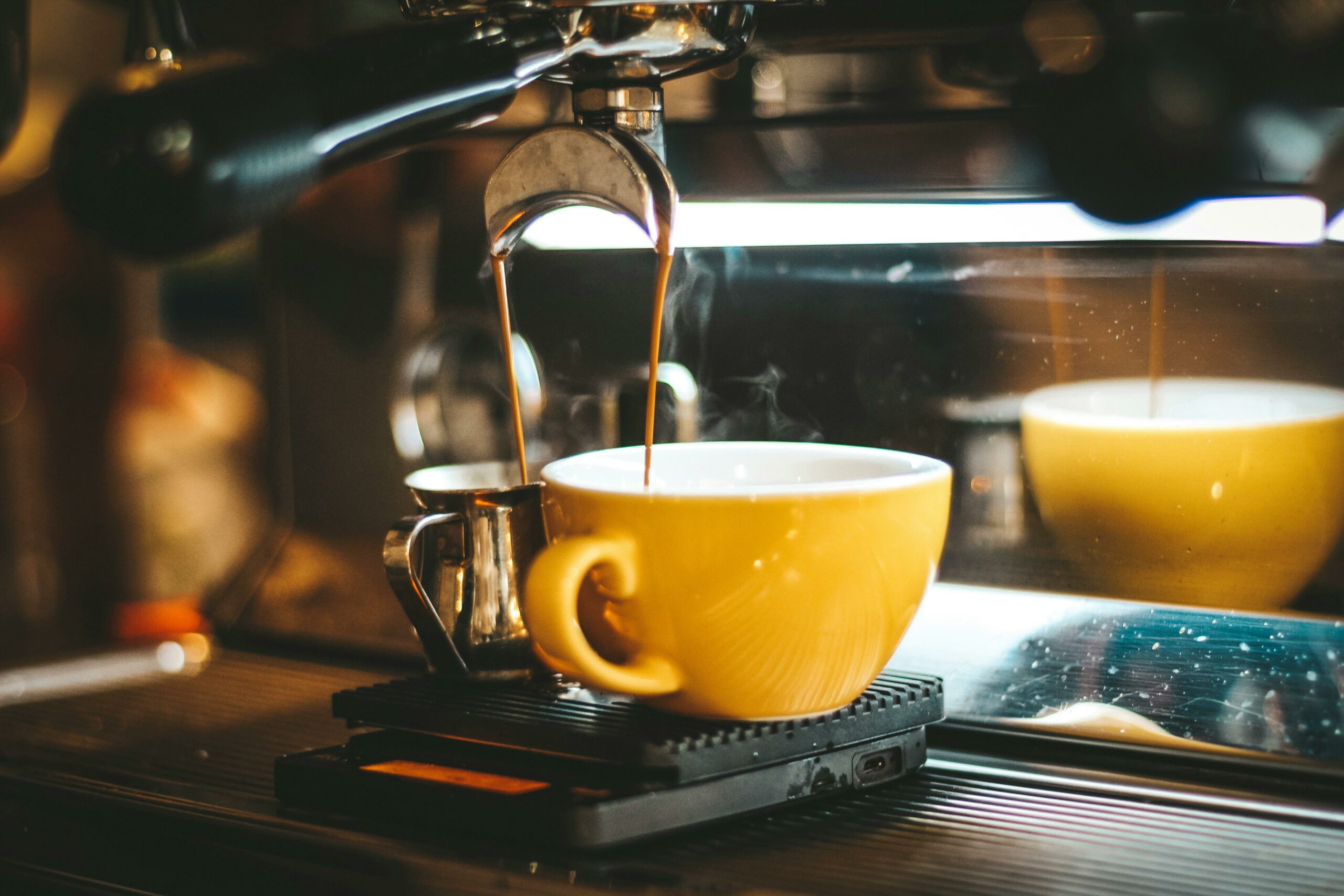
Amazing Coffee Shops in Manchester’s Northern Quarter

Our List of Dog-Friendly Day Trips from London
